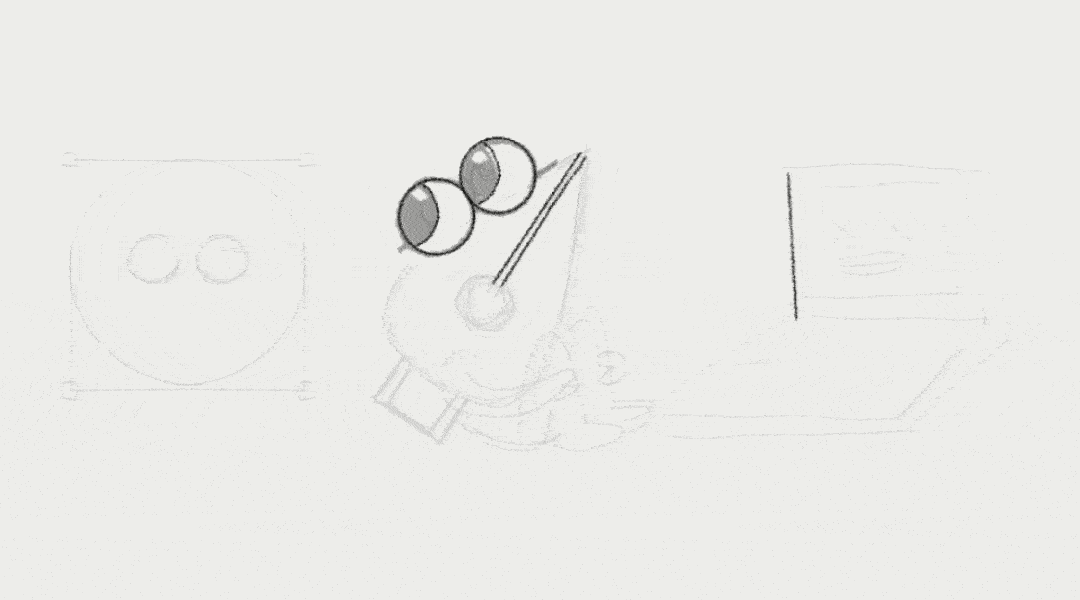One of the most prolific television series sets the stage for a story that I heard recently and figured I’d pass along. A local college has a new department that needs marcom material to have for prospective and incoming students. This unit within the school uses a printer, presumably has the pieces printed from a PowerPoint presentation and sends these pieces out for printing (color) for distribution for the students AND to “have something to show for their meetings and functions.”
Okay, I as a designer understand this. Or, at least, recognize there is little you can do about the internal pressures of “having something to show” et cetera… No problem. But recognize, there’s a crime happening here. And like that opening scene of the storied show, we can almost uncover a bunch of money being ineffectively wasted like a crime scene. (Law & Order transition chord here: blong blong!! or dum, dum!!)
Without a communications plan or a person, a guardian, who can equivocate the values of measured communications, this unit is over-spending on under-developed design pieces and I don’t need to look at ’em if they’re printing digital color packets to students who’ve already declared their intent to attend to know this.
Of course, the fact that reports CAN be printed in color is great. Digital print jobs are one of the great revolutions of the print industry allowing designed pieces to further reduce minimum runs, reducing overhead for setup despite sometimes higher per piece costs… But that’s just it: that higher per piece cost puts a cap on the value with no discernible gain on quality when a quantity can be planned for the pieces. And there again you have the issue: at what point do you have to say: “Hey, we need to just develop a capabilities brochure” and save the PowerPoints for PowerPoint or have a designer convert them to a professional piece.
I worked with a company that needed a monthly report derived from PowerPoint (I ended up becoming the “go-to” person for PowerPoint—go figure) that was about 70 pages for an internal monthly “metrics” report (keeping a closer eye on the numbers after the higher-ups did a ‘crackdown’. The report was developed from clunky slides that didn’t match between managers, not to mention departments or even 8.5 x 11 page orientations. I had to develop the report and work with an internal person to have it proofread, and then, produced. Though the reports only were printed for 20 people, they cost nearly $1000 to print. Once I suggested “Why do this section (essentially a non-color page) in color” and the response was: “Well, they like color.”
Don’t we all? But you like it that much? This report having to be done every month cost the company seemingly an more tax to brief twenty people when there were certainly other needs that could have been met had those twenty people been briefed some other way. But hey, they like color. It’s almost as if printing in Farsi was 6 cents and printing in English was 50 cents. In that case, I’d understand sticking with English, but developing reports that could have been digested in black-and-white in this case seemed as if it would save the company a ton of money to waste on executive bonuses or something. And wouldn’t you know it was a company in health care?
A proper breakdown of the communications goals “dollar-izes” the communication costs of each form of print and other media to come up with a matrix, so that companies are not spending top-dollar for a bunch of pieces that just go nicely next to the catering. This would mean that the well-designed piece could be developed for the qualified prospect needing good information. Conversely, the committed student could get an equally professional, lower-budgeted piece that informs them without breaking the bank.
Take this to the car dealer: car manufacturers don’t hand out car brochures to people not interested in buying cars—or better yet to the people in the service department. Personally, I practically had to pretend I was “thinking” about each car on the lot to get my fix of the brochures when I went for service.
In 2006, Khoi Vinh of the New York Times and www.subtraction.com came to speak at Stevenson University. One of things he maintained that the main reason for the in-house design manager was to constantly insist on the development and upholding of a measured process of communications often overlooked for one reason or another. And according to him, this meant a lot of meetings. The other, being to manage the designers. Well, if I can badly tie up the Law & Order reference: a lot of design firms, consultants and in-house managers out there are the “Jack McCoys” of their sphere of influence and you’ve gotta call the crimes out when they happen. “Hey [client], no more operation “Dumbo-drop” of the super-expensive annual report to people who don’t read past the summary!!!”
In financial times like this, when the marketing budget is likely to be more affected, because as a friend often joked, we (designers) are just “coloring by numbers” I’m reminded of the importance of the understanding that designers often bring to the table. Media discipline and communication excellence within it—often—different media notwithstanding. But at the same time, communications teams are having to do more to educate or remind departments of the value of not rushing communication pieces or unsuccessfully planning them so that they can adequately target those pieces and not spend a fortune. Too often, people equate the value of designers in what they do, when often the value of designers as communicators, is cautioning against what not to do.

